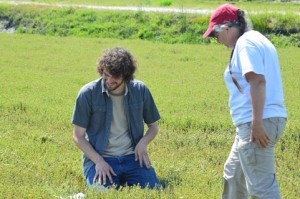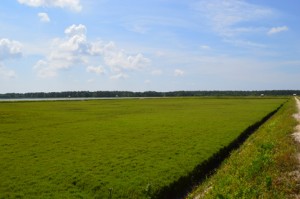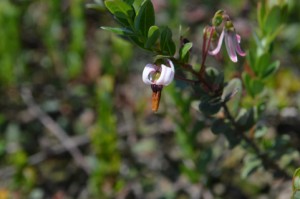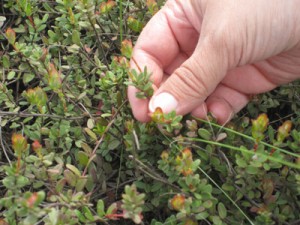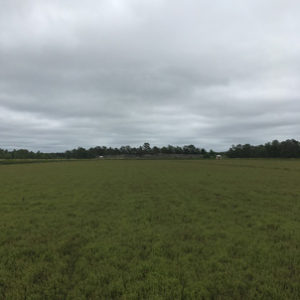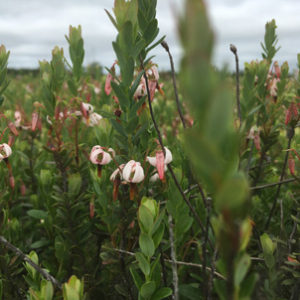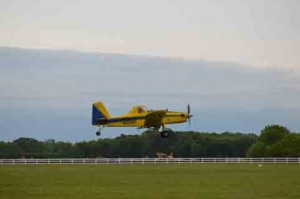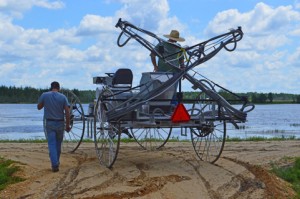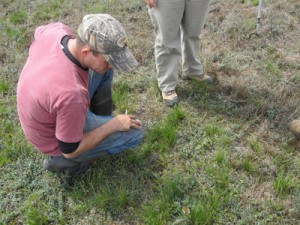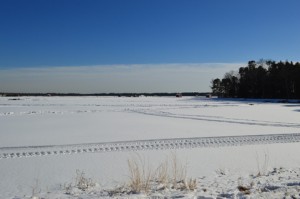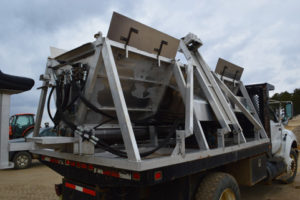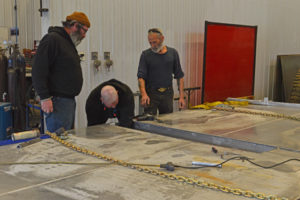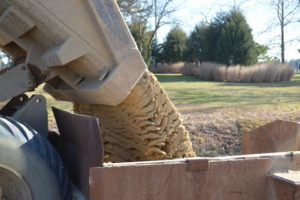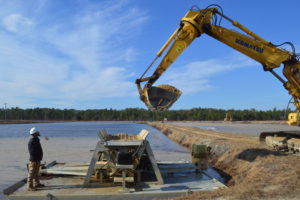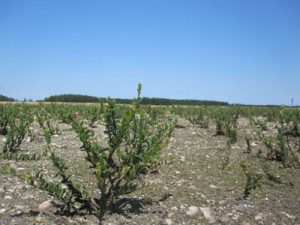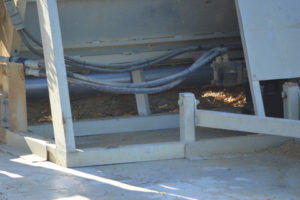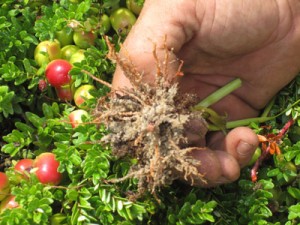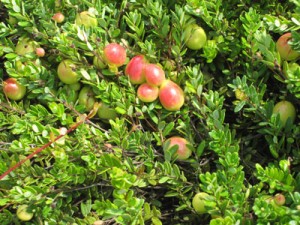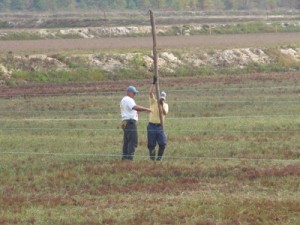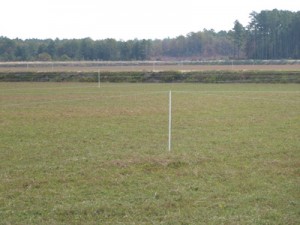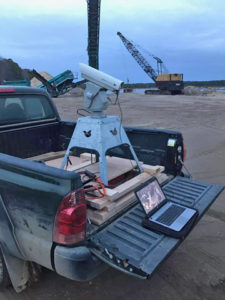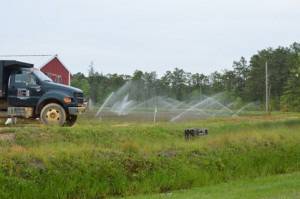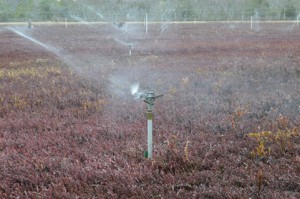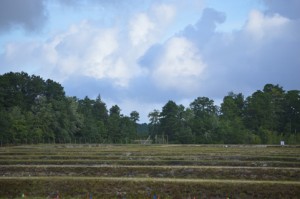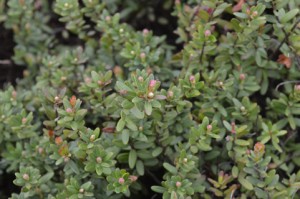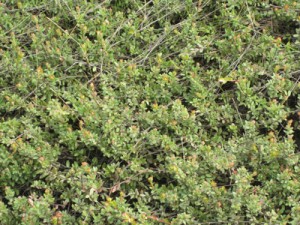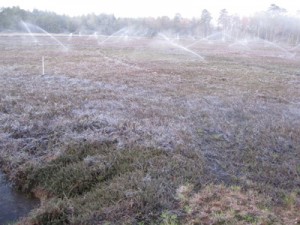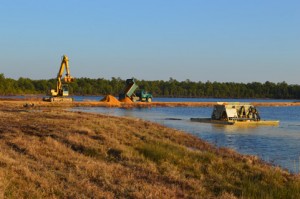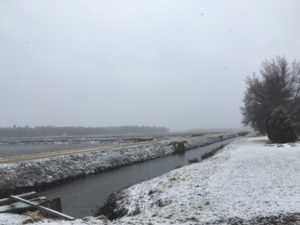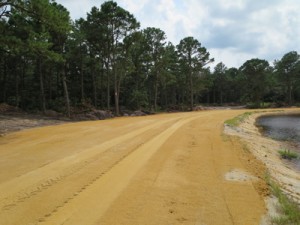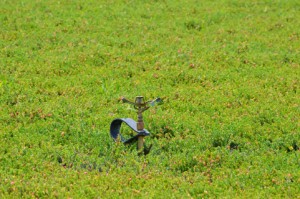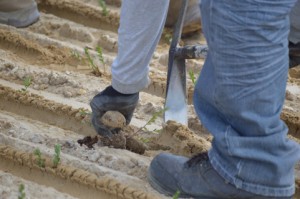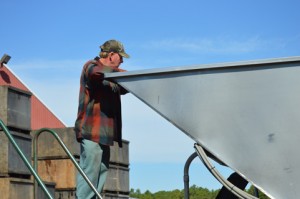It’s once again time for Pine Island’s annual visit with Dr. Joan Davenport! A former researcher for Ocean Spray, Joan works with Pine Island to provide guidance on fertilizer, water, and nutrients, as well as general integrated crop management. “At this point in the growing season, we are evaluating the plants for fruit potential and trying to develop recommendations for applications between bloom and fruit set. To do this, I look at hook, the length and color of the new upright growth, and the amount and color of old leaves, including looking for leaves from two growing seasons ago,” Joan says.
“The general philosophy for management is to focus on root development in the first year, then shoots the following year, and then beginning fruit production in year three,” Joan says. “If the beds are not well established by year three, it is best to maintain practices to minimize fruit set. The reason for this is that fruit production requires many of the plant’s resources (nutrients, water, carbohydrates) and setting a significant crop prior to plant establishment will delay the ability to get to the desired situation where the roots/shoots/fruit are in equilibrium and can sustain long term production.”
“We didn’t have too much this year that’s been different from any other year,” says manager Mike Haines. “We toured a typical representation of the different varieties and different stages of growth in both young and established bogs and made a couple of changes from the usual applications based on what we saw out there. Traditionally, we start with 10 pounds of nitrogen in early bloom, but some of our stuff was really lush and growthy, especially the Stevens we sanded this winter. So Joan recommended lowering that initial application to 5 pounds so it doesn’t grow like crazy. And at Sim Place we have some of those old bogs on that mucky ground that makes growth really lush too, so we might skip the first fertilizer application entirely on some bogs there. Everything else was pretty typical.”
“We’re just starting to see bloom in the Ben Lears,” Mike says. “Everything else is a little behind but should be catching up soon. The Crimson Queen variety usually blooms early but we took the water off late this year. There are a lot of flowers on the young beds, but we typically don’t pick those for harvest. We’ll see how things go as the season progresses!”

